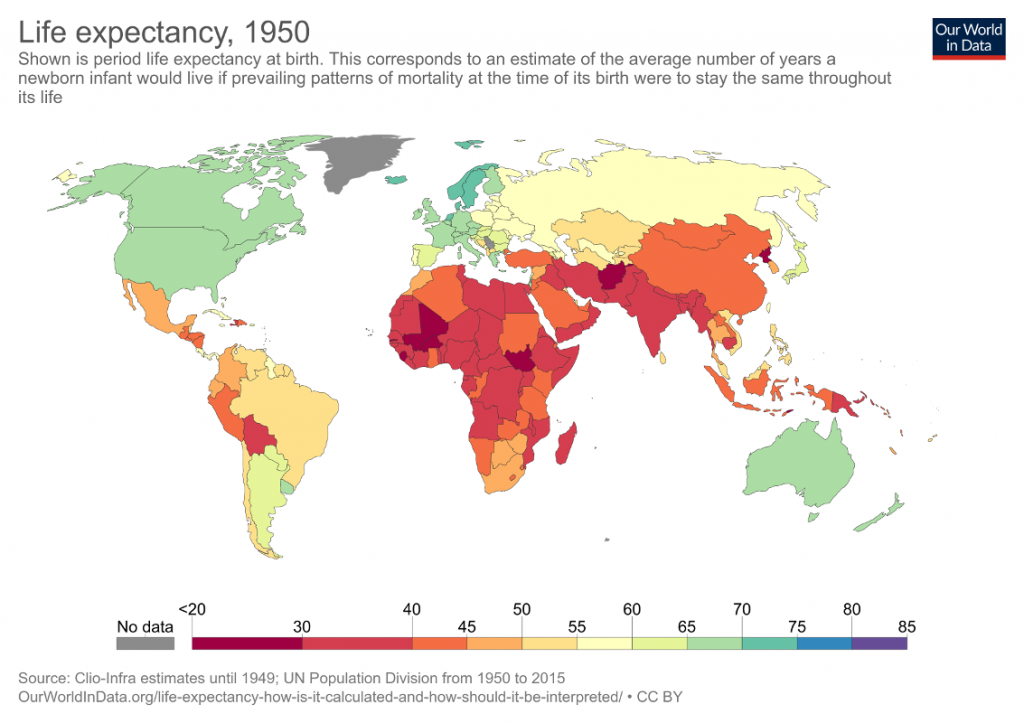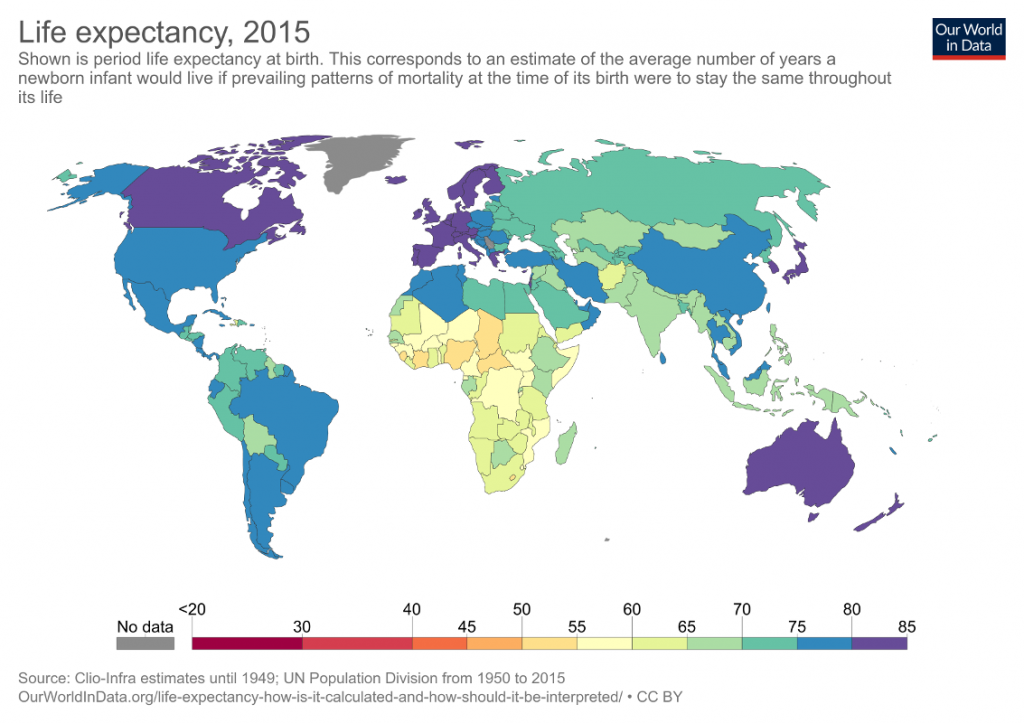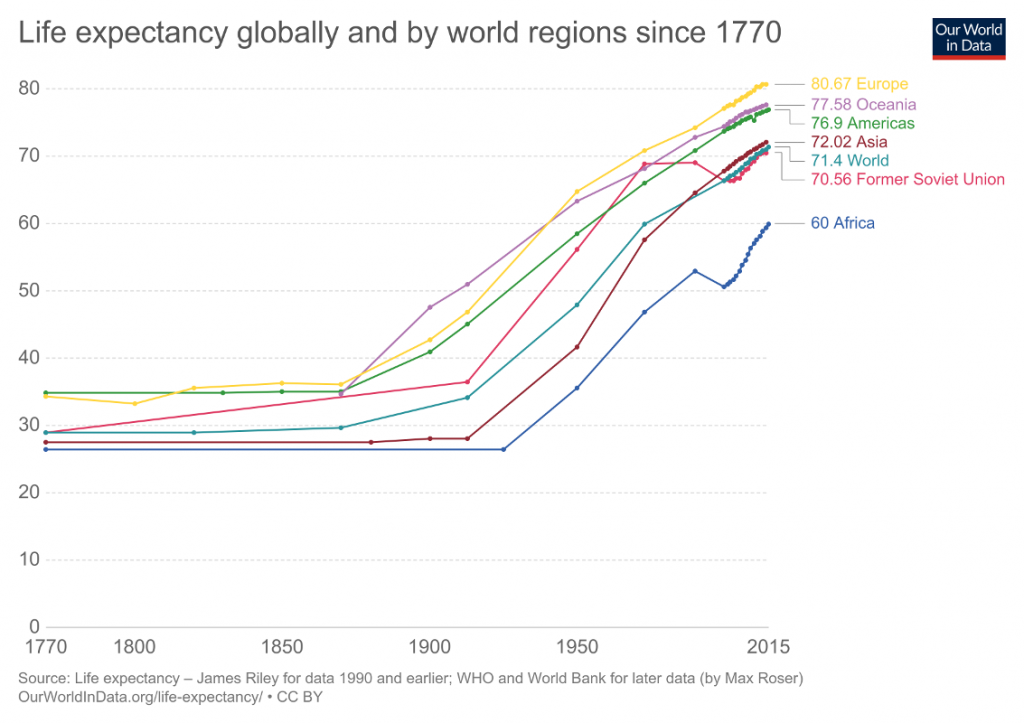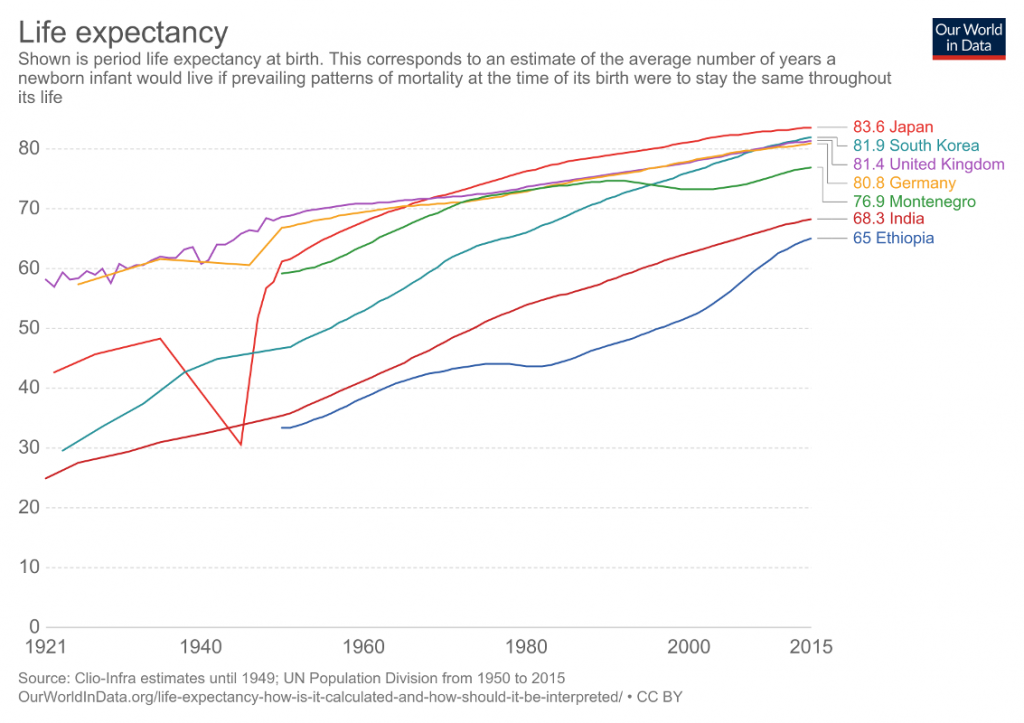Life Expectancy
The average life expectancy has more than doubled globally since the beginning of the 20th century, regardless of the level of socio-economic development of the country (1), requiring health systems to adapt to the needs of the older patients. Carcinoma and Alzheimer’s disease (AD) most often occur in the elderly population, which is one of the causes of the rise in their incidence. AD is the most common cause of dementia in the elderly (2) and colorectal adenocarcinoma (CAC) is one of the leading causes of death from malignant diseases (3). The course of these diseases is often complicated by serious infections.
Scientific evidence shows that these two chronic diseases usually do not occur together in the same individual – in people with cancer, the incidence of AD is very low, and vice versa -in people with AD the incidence of cancer is very low (4). These specific patterns of co-morbidity profile suggest that the common cell signalling pathways are deregulated in the opposite direction in these two diseases, but the exact underlying mechanism at the molecular level is still unclear (5).
References
- Our World in Data. (2019). Our World in Data. [online] Available at: https://ourworldindata.org/ [Accessed 9 Mar. 2019].
- Atlante, A., de Bari, L., Bobba, A. and Amadoro, G. (2017). A disease with a sweet tooth: exploring the Warburg effect in Alzheimer’s disease. Biogerontology, 18(3), pp.301-319.
- Ci5.iarc.fr. (2019). CI5 – Home. [online] Available at: http://ci5.iarc.fr/Default.aspx [Accessed 9 Mar. 2019].
- Driver, J. (2014). Inverse association between cancer and neurodegenerative disease: review of the epidemiologic and biological evidence. Biogerontology, 15(6), pp.547-557.
- Scheltens, P., Blennow, K., Breteler, M., de Strooper, B., Frisoni, G., Salloway, S. and Van der Flier, W. (2016). Alzheimer’s disease. The Lancet, 388(10043), pp.505-517.





